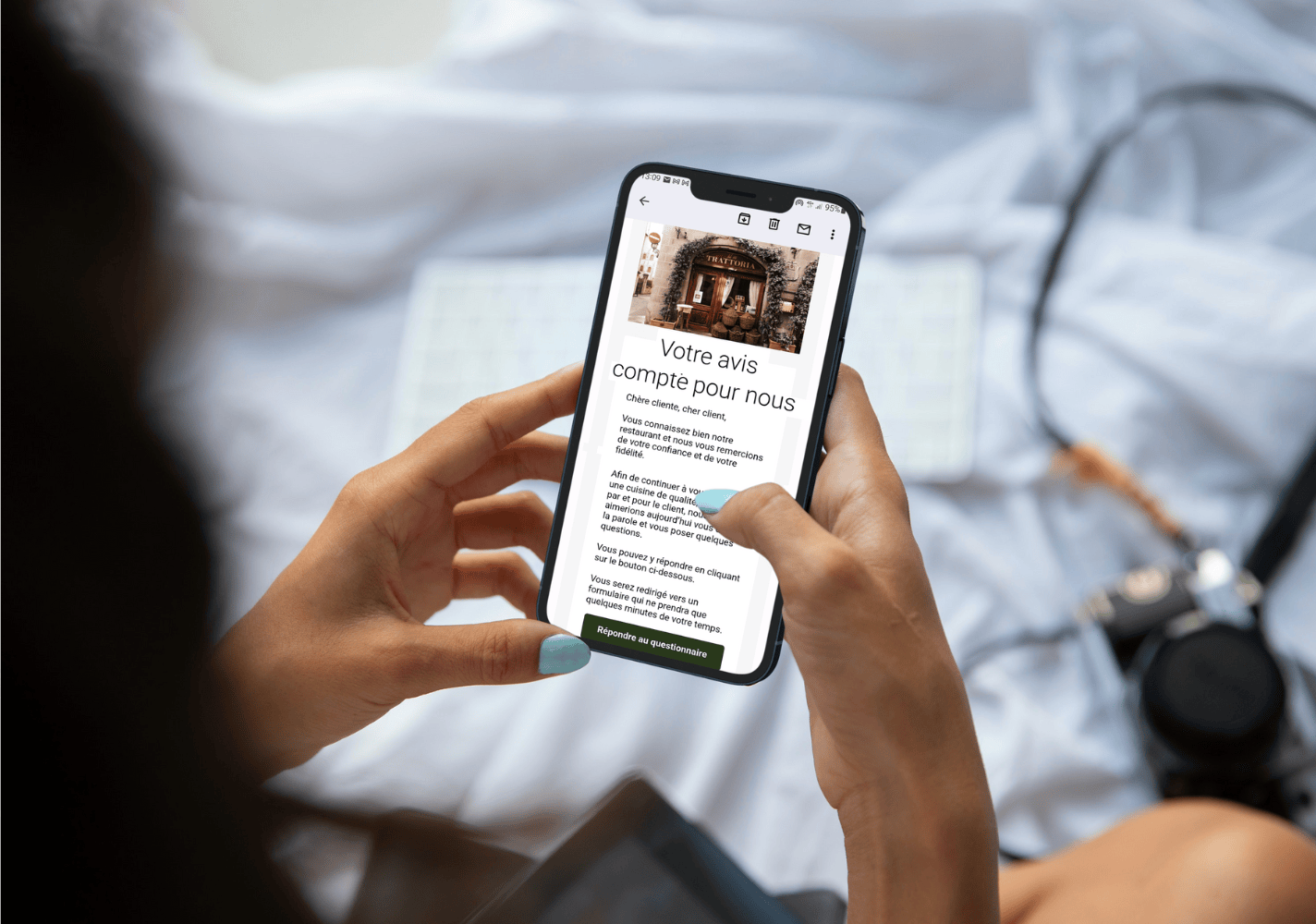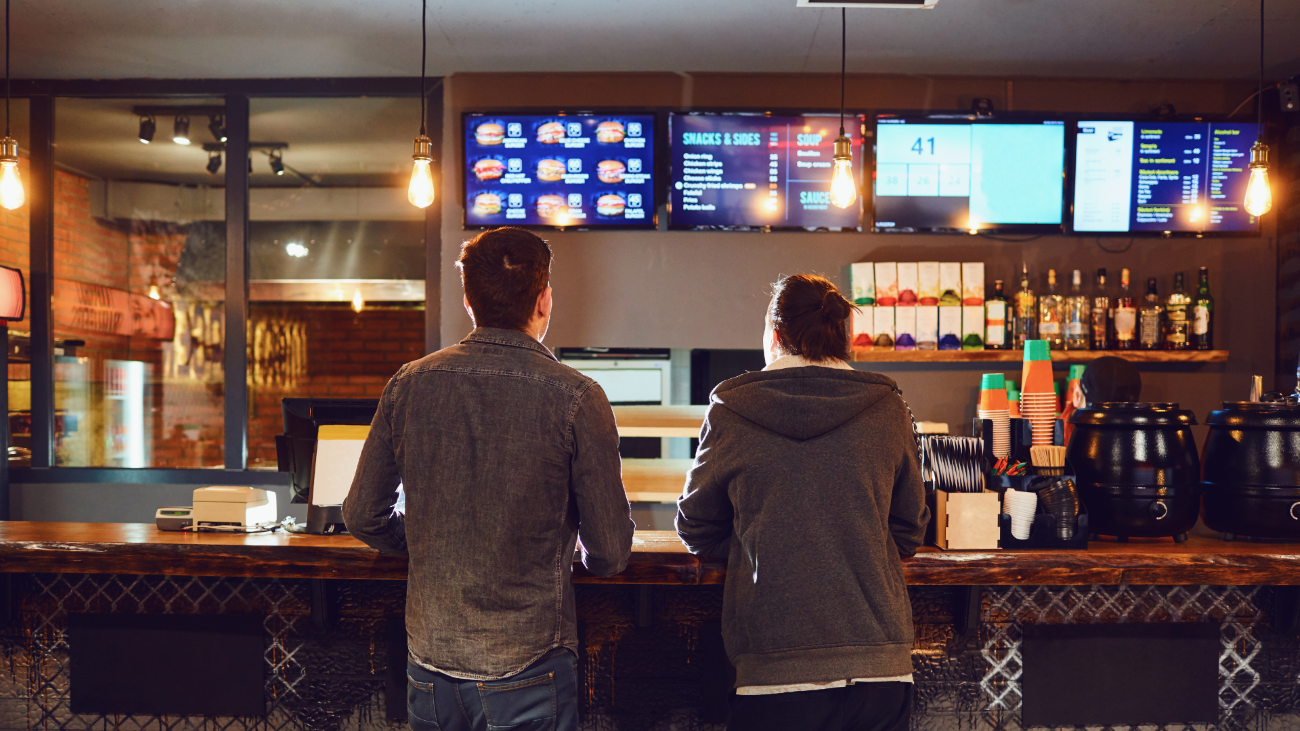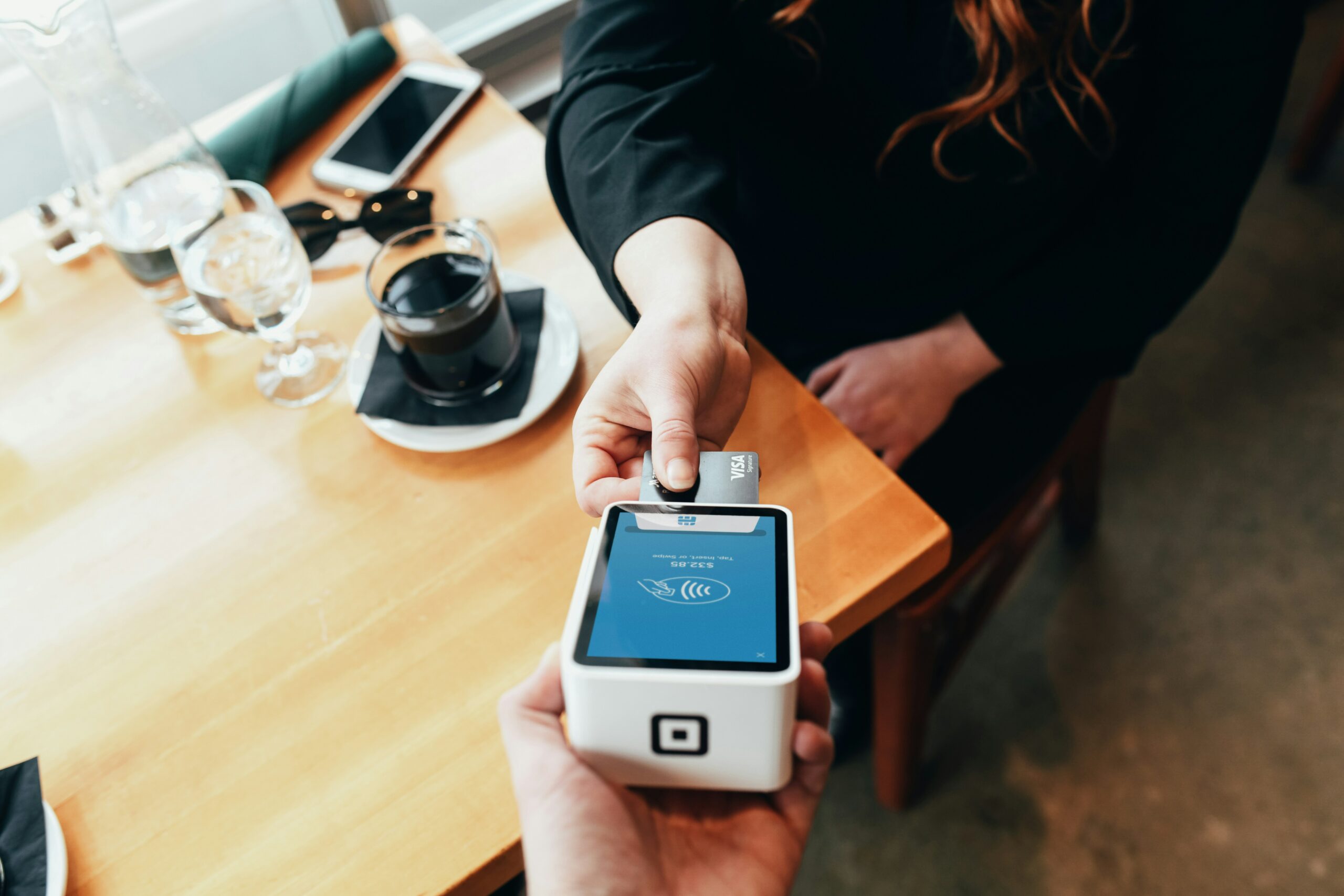QR Code in foodservice: improving the customer experience without losing the human touch
February 24, 2025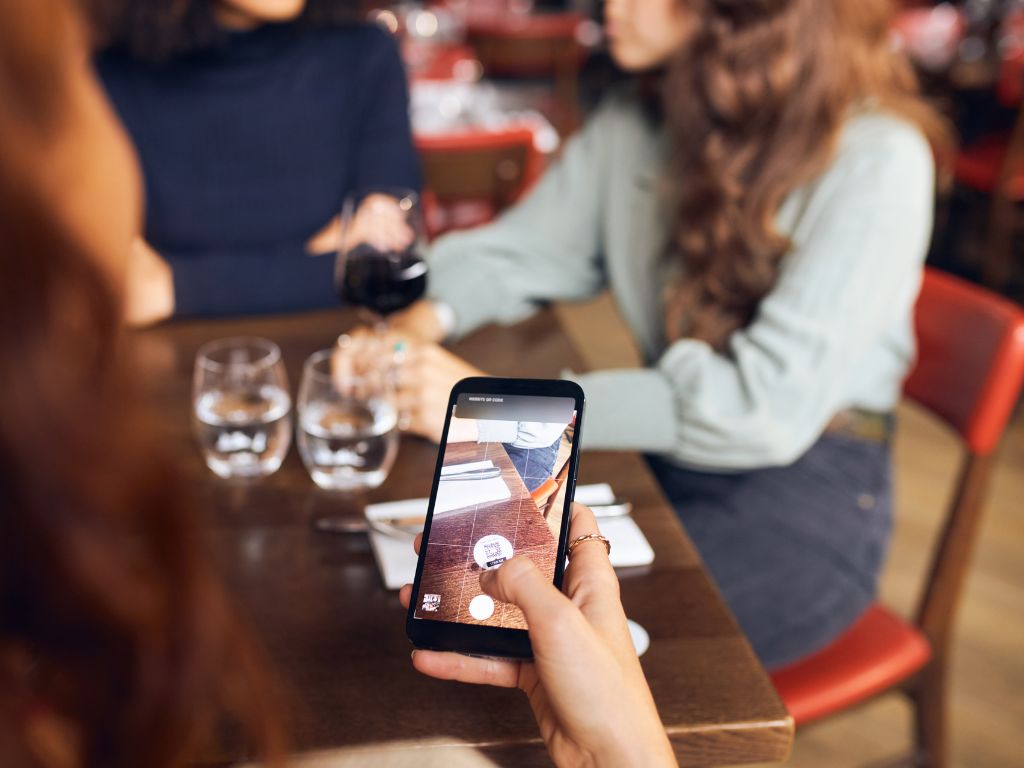
Visit QR Code or a hindrance to the customer experience? Some restaurateurs see it as a way of streamlining service, while others fear a loss of proximity to their customers.
In fact, well integrated, it doesn't replace humans, it accompanies them. Less time spent taking orders and managing the bill, more time available for welcome, advice and follow-up.
The aim is not to impose a digital tool, but to adapt it to your operation.
Smoother ordering and payment, optimized management of rushes, more qualitative interactions: The QR Code doesn't sever the link with your customers, but rather enables you to better meet their expectations.
In this article, deconstructing preconceived ideasWe'll show you how to integrate it intelligently, without sacrificing the richness of room service.
01. Autonomous command doesn't mean abandonment
Customer service and QR codes: obstacles and misconceptions
QR codes in the dining room are still met with reluctance. Some restaurateurs fear a loss of connection with customers, while others doubt that it will be adopted by a clientele that is not very comfortable with digital technology.
Yet these fears often stem from a misperception of its use.
The main concerns of restaurateurs
➜ A more distant customer relationship, with fewer exchanges and less personalization.
➜ Customers who feel left to their own devices and get upset if there's a problem.
➜ Difficult adoption among certain customer segments.
What really changes with proper integration
➜ Interactions don't disappear, they transform: teams spend less time on logistics and more time advising and providing real service follow-up.
➜ Customers appreciate freedom: order at their own pace, without unnecessary waiting, while still being able to interact with a waiter if required.
➜ More efficient service: instant orders, fast payment, and a team that manages the room better, even when it's busy.
The QR Code, a tool that adapts to different needs
Not all restaurants operate in the same way, and not all customers have the same expectations. A well thought-out QR Code should be a flexible option, not an imposed constraint.
Three ways to integrate it intelligently
➜ In addition to the classic service : Some establishments use it for beverages and desserts, while retaining traditional order-taking for main courses.
➜ To manage rush hours: Activating the QR Code command only during busy periods speeds up service, while leaving staff available to greet customers and monitor tables.
➜ Different for different areas of the restaurant : a food court can propose a QR Code to access all the stands, while a traditional restaurant can only use it on its terrace.
"A Parisian bistro that keeps classic service in the dining room but integrates a QR Code on outdoor tables. Customers on the terrace order independently, without waiting for a waiter to be available."Example of use
To remember: The QR Code must adapt to your establishment, not the other way around. The more integrated it is, the better the customer experience.
02. Customer relations in the dining room don't stop at the order-taking stage.
Reduce administrative workload to strengthen customer relations
In many restaurants, the teams spend more time on logistics than on interacting with customers.
The result? A sometimes impersonal experience, and servers navigating between too many tasks at once.
What takes time in the room
➜ Write down orders and pass them on to the kitchen.
➜ Manage the collection and division of bills.
➜ Respond to busy order-taking requests.
With a QR Code, these tasks are automated without impacting service quality:
➜ Orders go straight to the kitchenwithout loss of information.
➜ Instant paymentwith cell phone payment.
➜ Teams can focus on supporting customers.
More qualitative interactions
Good service isn't just about taking an order. create a bond.
What's new with the QR Code :
➜ Fewer emergencies: waiters take the time to chat with regulars instead of running from table to table.
➜ More personalized advice : Instead of focusing on order-taking, they can recommend a dish or wine pairing.
➜ Better management of customer expectations : no more frustrations waiting for a waiter in the middle of a busy queue.
"A tapas restaurant where customers order by QR Code but can always ask for advice on food and drink pairings. The teams, less consumed by cashing out, spend time exchanging and ensuring that every table benefits from the experience."Example of use
03. Fluidity that enhances the customer experience
Less waiting, more attention
Waiting is one of the biggest irritants in the restaurant business. Service that is too slow, especially during rush hours, has a direct impact on the customer experience.
QR Code reduces friction
➜ Customers order as soon as they're ready, without depending on the availability of a server.
➜ Cashing is fast and autonomous, without creating bottlenecks at the checkout.
➜ Teams focus on follow-up and customer experience.
Better flow management
Poor flow management can also limit the number of covers served in an evening, which has a direct impact on sales.
The QR Code smoothes these flows and avoids bottlenecks:
➜ Orders are distributed naturally over the course of the service, without overloading at any given moment.
➜ Cash collections are smoother, no need to manage several additions at the same time.
➜ Servers manage their zone better, because they no longer have to run after every order.
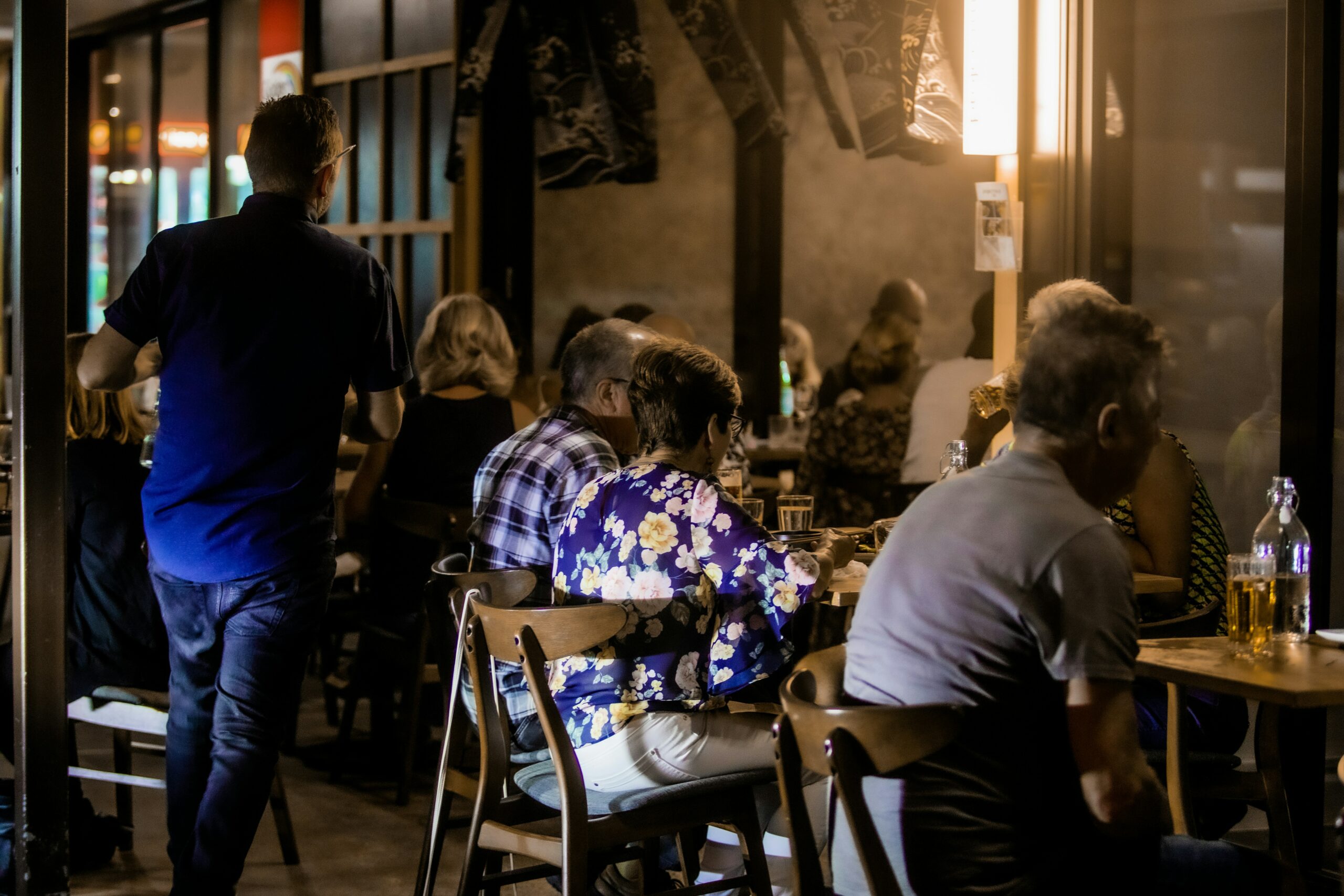
04. Digitizing also means listening more closely to customers
Listening to customers is essential to building loyalty and adjusting our offering to meet their expectations. However, in a traditional service, capturing feedback is often complicated: teams are busy, and customers don't always take the time to share their opinions.
This makes it difficult to listen to customers in the restaurant business:
➜ Few customers give spontaneous feedback at the end of the meal.
➜ Returns arrive too late (after a negative online review).
➜ Teams rarely have time to ask questions without slowing down service.
With a digital solution such as the QR Code, it is possible to collect feedbacks at the right time, without being intrusive:
➜ A quick form after payment allows you to retrieve a note or comment.
➜ One automated request by e-mail or SMS after the meal to encourage customers to leave a review.
➜ Real-time statistics help pinpoint what's working and what's not.
"Online reviews are difficult to manage once published. By capturing live feedback, you can fine-tune the experience and avoid nasty surprises on Google. "Things to remember
Enhance your customer service with QR codes
In catering, it's not about being everywhere, it's about being efficient. The QR Code doesn't replace the human being, but it does give him or her more time to devote to the customer.
Would you like to set up a QR Code solution tailored to your restaurant? Contact our team to improve your customer service without losing proximity.









